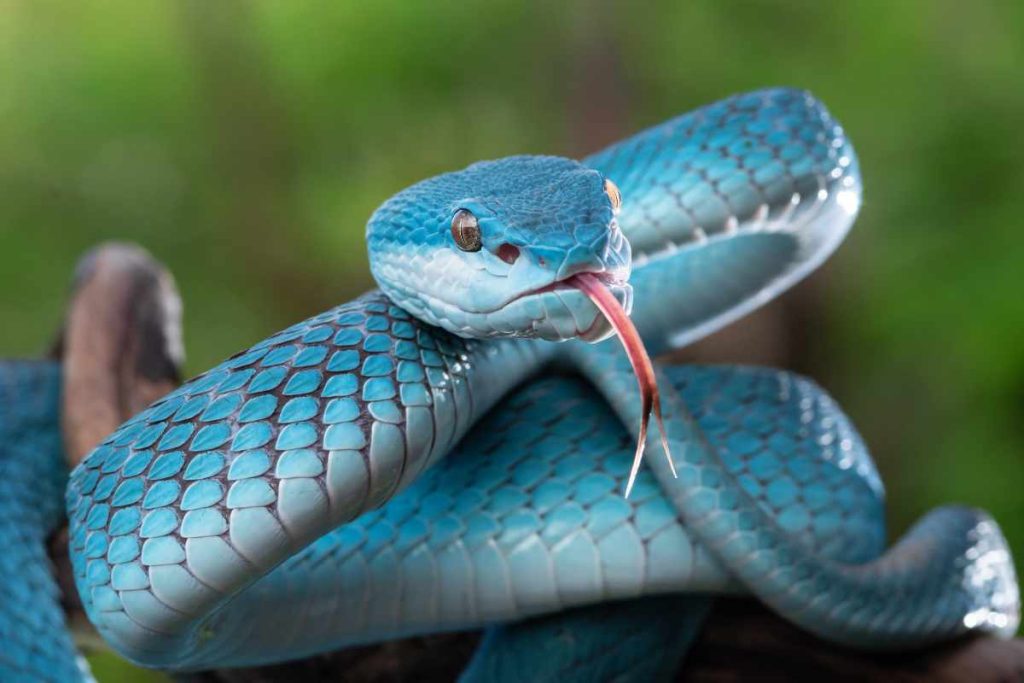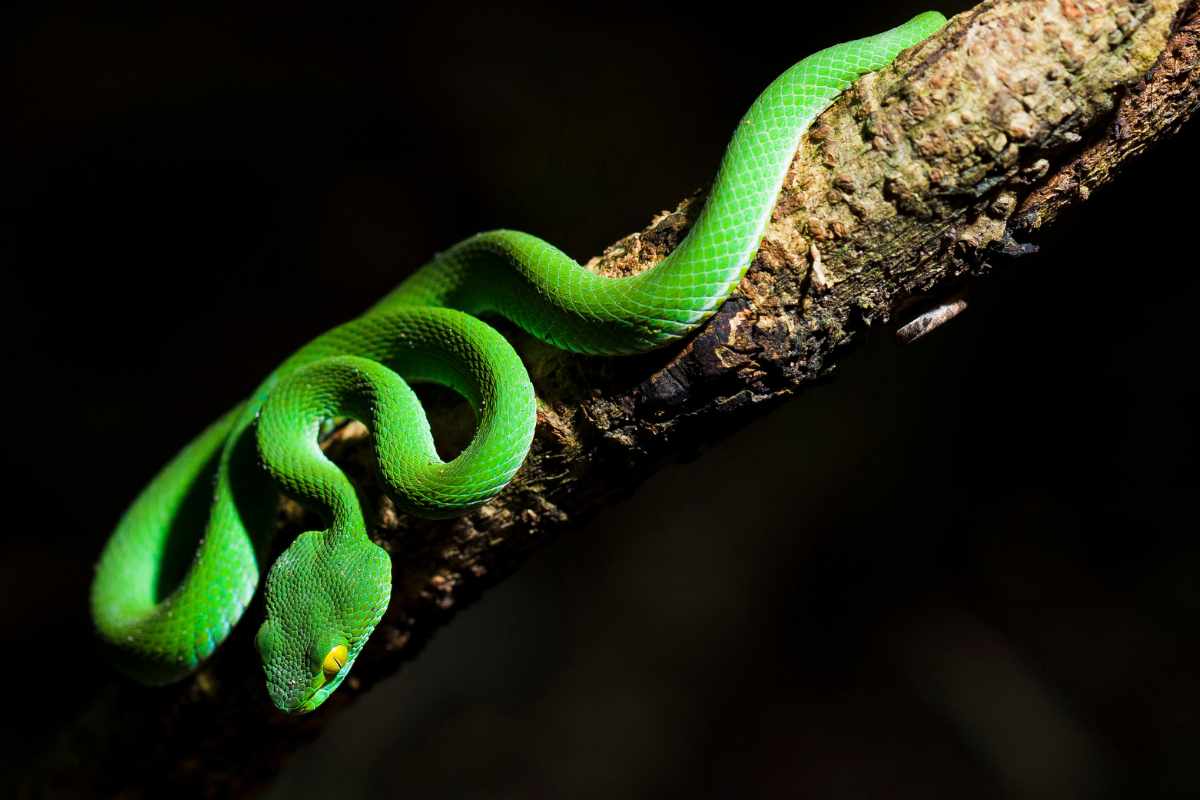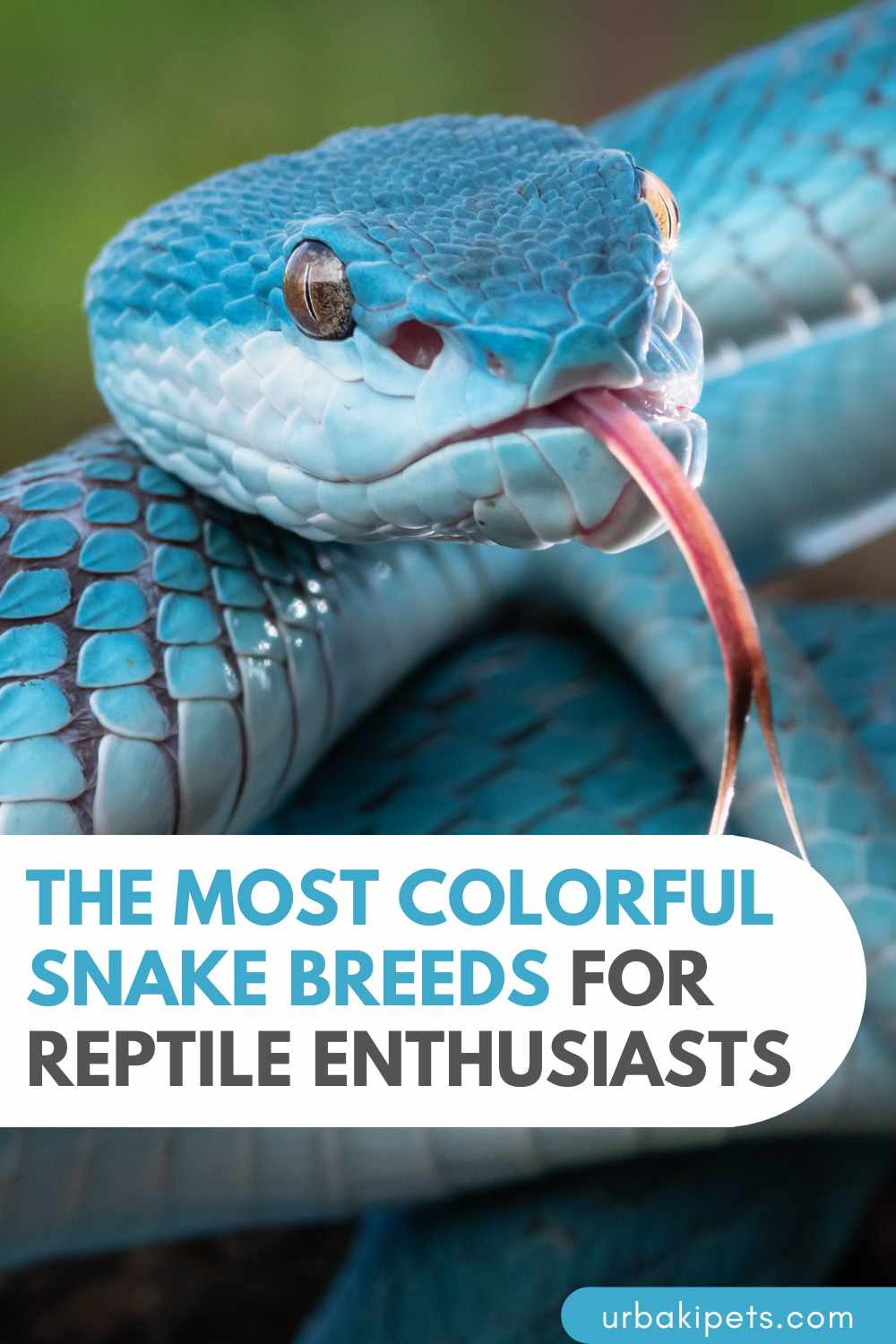The Most Colorful Snake Breeds for Reptile Enthusiasts

For years, snakes have captivated reptile enthusiasts with their vibrant colors and unique patterns. Their beauty is not only visual but also plays a crucial role in the ecosystems they inhabit.
However, beyond their fascinating appearance, these creatures face various conservation challenges, and in many cases, their selective breeding raises important ethical concerns.
In this article, we’ll explore some of the most colorful species, their specific care needs, and the importance of promoting their conservation and well-being.
Ball Python

The Ball Python is one of the most popular snakes among reptile lovers due to its stunning color patterns and calm temperament. Its body, typically dark, is adorned with golden, brown, and yellow circles and spots.
Not only is this pattern visually appealing, but it also plays an important role in its natural camouflage in Africa, where it resides.
Care: To keep a Ball Python happy and healthy, a warm and humid environment is essential, with temperatures ranging from 75°F to 85°F (24°C to 29°C) and a humidity level of 50-60%.
They are highly sensitive to stress, so it’s crucial to create a calm environment. Their diet consists mainly of frozen rodents, which should be offered every 7-10 days.
The terrarium should include hides and enough space for the snake to move and stretch. While these snakes are slow and peaceful, it’s important to handle them carefully to avoid unnecessary stress.
Corn Snake

The Corn Snake is known for its vibrant orange color, mixed with red, black, and yellow spots forming a diamond-shaped pattern along its body. This pattern, along with its docile temperament, makes the Corn Snake a popular choice for beginners in reptile care.
Care: In its natural habitat, the Corn Snake prefers warm and dry environments, requiring temperatures between 75°F and 85°F (24°C to 30°C) and low humidity.
They feed mainly on rodents and should be fed once a week once they reach adulthood.
Active and curious, they enjoy having a spacious terrarium to move around in, so a minimum of a 100-liter tank is recommended. They are also excellent climbers, so a terrarium with branches or platforms is ideal for them.
Keeping the temperature and humidity under control is crucial to avoid respiratory problems.
Kingsnake

Kingsnakes are known for their striking, bright stripes alternating between black, yellow, and red. Throughout their bodies, the patterns can vary, creating a nearly tribal appearance.
These snakes are not only visually impressive but also known for their resilience and ability to adapt to various habitats.
Care: Kingsnakes prefer warm environments, with temperatures ranging from 80°F to 90°F (26°C to 32°C). Unlike other species, they tend to be a bit more aggressive, so they need to be handled carefully.
Their diet consists mainly of rodents and other snakes, making them a fascinating species for enthusiasts. A terrarium with good ventilation is essential, as these snakes require fresh air to stay healthy. They also need constant access to clean water.
Chrysopelea ornata

Chrysopelea ornata, also known as the ornate flying snake, is famous for its unique ability to glide from tree to tree. With its bright green body and golden accents, it is one of the most visually stunning snakes.
But its beauty isn’t just skin deep; this snake's gliding ability adds an extra layer of intrigue.
Care: Unlike other snakes, Chrysopelea ornata requires a large terrarium with many branches and vertical structures for it to climb and glide. This species enjoys vertical movement, so a terrarium with multiple levels is essential.
Its diet consists of small rodents and birds, which should be fed regularly.
Although it is active and agile, it requires temperatures between 82°F and 86°F (28°C to 30°C) and high humidity. Due to its fast movements, it’s important to handle it with care to avoid accidents.
Ethics in Snake Breeding
Selective breeding of snakes has led to some of the most colorful and uniquely patterned species.
However, this practice raises ethical concerns, such as the wobbler syndrome, which affects some selectively bred snakes, like albino Ball Pythons.
Tips for Choosing Responsible Breeders:
Research breeders before purchasing a snake.
Ensure they practice ethical breeding, focusing on the health and well-being of the snakes.
Avoid buying snakes that may have known genetic defects.

Conservation of Colorful Snakes
Colorful snakes are not only a visual marvel but also face significant threats in the wild.
Deforestation, illegal poaching, and habitat loss are just some of the reasons why many of these species are endangered.
It is crucial to support conservation efforts to protect them and preserve their natural habitats.
Conservation Efforts:
Organizations like the International Reptile Conservation Foundation (IRCF) are working to protect endangered snakes.
Educating the public about snakes and their conservation is crucial to reducing illegal trade and promoting responsible breeding and care practices.
Colorful snakes are a lovely and vital part of global fauna, but their breeding and conservation must be handled responsibly.
By learning more about them and supporting conservation efforts, we can enjoy their beauty while ensuring their protection for future generations.
Did you find this post useful or inspiring? Save THIS PIN to your PETS Board on Pinterest!


You may also like